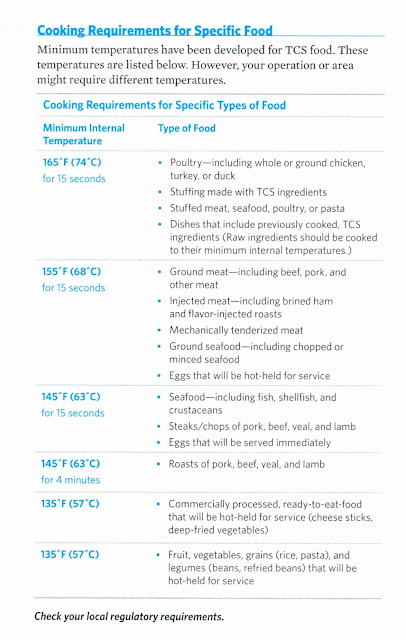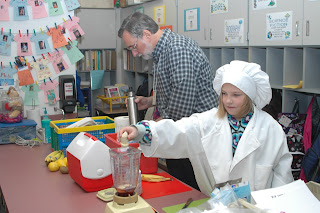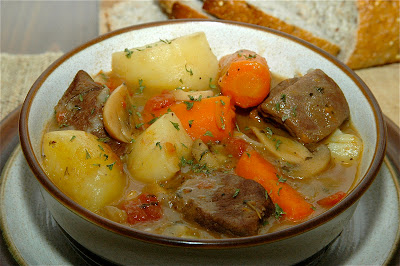I said, “I’m certified,” not, “I’m certifiable!”
You’d think that educators would love learning; that they
would anticipate and just quiver all over for any chance to get into a
classroom and learn. Such is not
the case. Trust me. I know from experience that educators
make some of the most challenging students on the face of the planet. Most would rather teach than
be taught.
And yet…continuing education is required of all who work in
education, (as it should be). Everyone
from superintendents to classroom assistants are responsible for keeping “up”
with the latest trends, techniques, and methods. It’s just that we make horrible students. As a whole, we’re critical, and we get
easily bored. We’re also
absolutely atrocious at following directions. Sad, but true.
After I earned my Masters degree from West Chester
University, I decided to take some time off. It was short-lived.
For most teachers there are only two ways to earn more money. One is to gain experience. The longer you’ve been teaching the
higher step you reach on the salary scale. The other way is to increase your level of education. After earning a Masters degree, you can
continue to advance up to and including 30 additional post-graduate credits. As I was helping to support a young
family, it was back to the classroom for me, (in addition to holding down
summer jobs during the years I was in the classroom).
After earning thirty additional credits, I decided to take a
break. It was short-lived. Many colleagues were encouraging me to
become a principal; not something I had any desire to do. Idealistic as it may sound, I really
had to convince myself that I would make more of a positive impact on kids as
an administrator than I would if I stayed in the classroom.
It was back to the classroom for me at the University of
Pennsylvania to earn my principal’s certification.
One day, shortly after starting as principal at Royersford
Elementary, I was receiving an annual performance review from Dr. Edwin Coyle, then
superintendent at Spring-Ford.
“I’d like you to go back for your doctorate,” he told me.
“Why should I do that?” I asked.
“In case you ever have the opportunity for a central office
position,” was his reasoning.
“Don’t take this personally, Dr. Coyle,” I said, without
totally thinking about what I was saying, “but I don’t want to be like you.”
He took it well.
What I meant was that I knew that I was exactly where I was supposed to
be. “Progressing” beyond being a
principal was not in my plans, and being assigned to the central office certainly wasn’t in my blood. I would have “died” without daily
contact with students, and for twenty-five years proudly served as principal of
Royersford Elementary School. Even
though I retired only two years ago, it seems like a lifetime since I
“administered.,” but it was my current interests and endeavors that recently took me back
to the classroom.
As I write blog posts, I certainly don’t want to mislead or
misinform, and now that I’m cooking more frequently for groups at Parker Ford
Church, I want to make certain that food safety is a top priority.
 |
Credit: ServSafe Essentials, National
Restaurant Association
© 2008, 2010
|
There’s no recipe this week, but I would like to tell you
about the food safety course that I completed. It’s called the ServSafe Food Safety
Manager’s Certification course and it’s offered at community colleges in the
area. It’s also offered by Paster
Training, Inc. which is located in Gilbertsville, Pennsylvania. I registered online and a book for the
course was shipped directly to me within two days. Food safety certification requires sixteen hours of
training. The first eight result
from completion of the course manual.
The second eight hours accrue as a result of a day-long classroom
experience. The day in the
training course culminates in taking a 90 question multiple choice examination. 75% is the minimum required to earn
certification, although someone at the church told me that he didn’t want
anyone cooking for him who only earned a 75%! I earned a 97% missing items under the Foods and the
Facilities categories. The
remaining eight question categories were all 100%’s.
I have to tell you that if you’re squeamish, don’t take the
course. The section on food borne
pathogens is disconcerting and sobering.
Everyone in the course had second thoughts about where they ate lunch during
the class’s midday break.

I do want to pass several areas of importance onto you. First, get a kitchen thermometer. They are inexpensive and very necessary
if you want the food you prepare to be as safe as possible. The first use of a thermometer is to
determine doneness when cooking meat.
It helps to avoid over-cooking.
More importantly, use the thermometer to keep food safe. There is a minimum temperature which should be reached when cooking meats. (See chart at end of post.) When serving or holding food, cold items should be kept at 41°F or
colder. Hot food should be kept at
135°F or hotter. If you have to serve food without accommodations to chill cold items or heat hot food choices, you
can safely allow cold food to sit for four hours, or six
hours for hot food. Before reaching those time
constraints, either reheat (or re-chill) the food or throw it out. Reheating something? Heat it to 165°. In an upcoming post, I’ll tell you
about the importance of proper chilling of food after cooking/serving when you’re
getting ready to store it.
 |
Credit: ServSafe Essentials, National Restaurant
Association, © 2008, 2010
|
Another emphasis of the course was the importance of hand
washing. Doing so prevents
cross-contamination, (raw meat to ready-to-eat food, for example), and also
prevents the spread of germs and illness.
It is important to use hot water with soap and scrub your hands for a
minimum of 15-20 seconds, drying them with a single-use paper towel. Get a load of this: We learned that anti-bacterial washes
aren’t that much more effective than good old hand washing. Most say they kill 99.9% of germs, but
there are so many billions of germs that the .1% is still pretty
formidable. (.1% of one billion is
a million, for Pete’s sake!) And
with that happy thought, I’ll leave you.
I’ll have a (safe) recipe for you next week!
Enjoy!
Click to enlarge:
 |
| Click to enlarge. Credit: ServSafe Essentials, National Restaurant Association,
© 2008, 2010 |


































